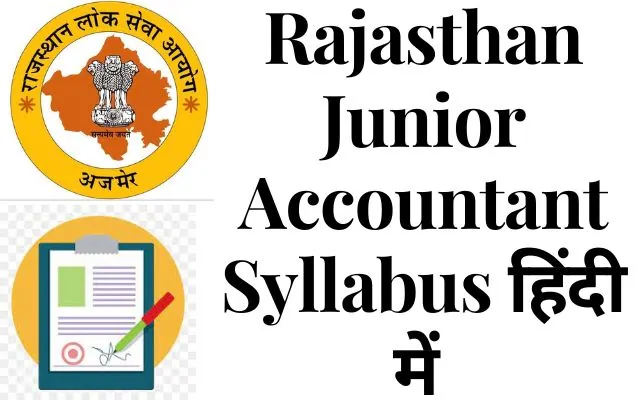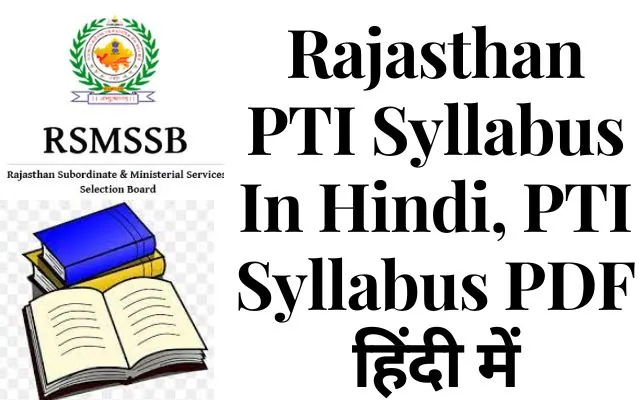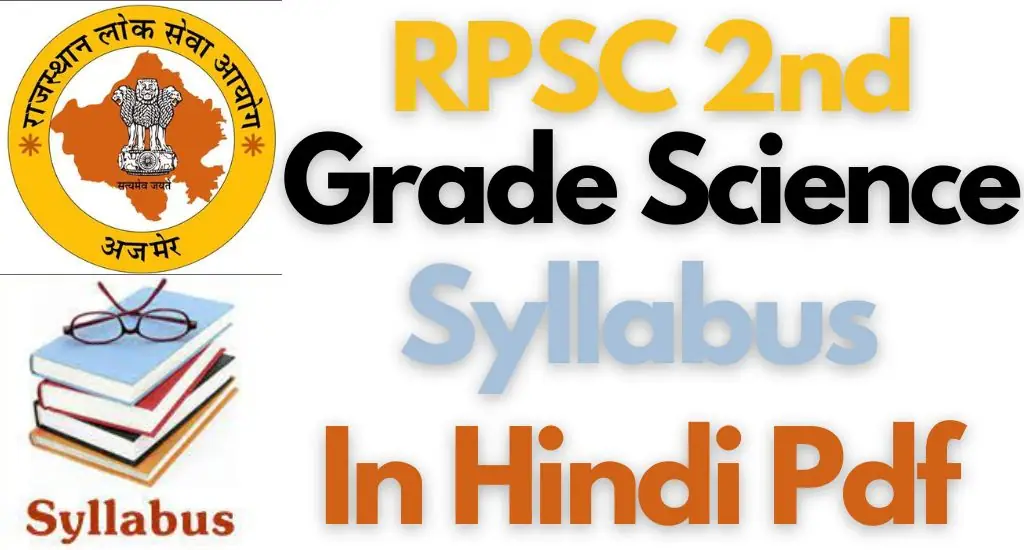Folk Dances of India 2024, Check State Wise list here
Folk Dances of India 2024 : India is famous for its rich cultural heritage, which includes various traditional practices found in every state. Dance is an important part of this cultural expression, with many dance forms found across the country. These dances can be broadly classified into two types: classical and folk, each of which has its own unique artistic value.
Developing over time in different regions of India, these dances are influenced by local traditions. Like the evolution of societies, these dance forms have evolved and developed distinctive characteristics that make them culturally significant. This article focuses on the folk dances of India. Folk dances are specific to particular regions, with a history dating back centuries, giving insight into our past. They showcase the identity and pride of specific religions or communities.
Folk Dances Of India: Indian States and Folk Dances
Folk dances in India reflect the customs and heritage of the specific community they come from. Typically, these dances are part of community celebrations, such as celebrations for births, festivals, marriages, and other special occasions. Below is a list of folk dances performed in different parts of India.
- Folk dances are all about energy, enthusiasm and power..
- Folk dances are not performed by professional dancers. It is a dance of common people.
- A folk dance is a dance developed by people that reflect the life of the people of a certain
country or region.
Folk Dances of India 2024 : The following folk dances are based on recent trends and previous year question papers. Students find it difficult to memorize folk dances, the truth is that you don’t have to memorize them verbatim, you should read them out loud and repeat them until you get a satisfactory result. It is very important to revise what you have read so that the information stays in your memory.
State Wise Folk dances
| State | Folk Dances |
|---|---|
| Andhra Pradesh |
|
| Assam |
|
| Bihar |
|
| Gujarat |
|
| Haryana |
|
| Himachal Pradesh |
|
| Jammu and Kashmir |
|
| Karnataka |
|
| Kerala |
|
| Maharashtra |
|
| Odisha |
|
| West Bengal |
|
| Punjab |
|
| Rajasthan |
|
| Tamil Nadu |
|
| Uttar Pradesh |
|
| Uttarakhand |
|
| Goa |
|
| Madhya Pradesh |
|
| Chhattisgarh |
|
| Jharkhand |
|
| Arunachal Pradesh |
|
| Manipur |
|
| Meghalaya |
|
| Mizoram |
|
| Nagaland |
|
| Tripura |
|
| Sikkim |
|
| Ladakh |
|
| Lakshadweep |
|
Folk Dances are an integral part of the Static GK Syllabus, the list provided incorporates all the dances important from the examination point of view, hope it helps you in better preparation.
Folk Dances of India 2024, Some important Folk Dances In India
Dumhal and Rouff of Jammu and Kashmir
- Dumhal is performed by men of the Wattal tribe of Kashmir to celebrate special occasions.
- It is performed wearing long vibrant-coloured robes, a conical cap studded with beads and shells.
- The group of dancers moves in a procession, ceremoniously carrying a banner which is dug in the ground and the men dance around it in circles.
- Rouff is a much loved customary dance of Kashmir performed by girls.
- It involves simple footwork and is mostly performed on celebrated occasions such as Ramzan and Id.
- Rouff has been an element of Kashmiri life since primaeval times, and it was a welcoming dance performed by women on the onset of spring season.
Bhangra of Punjab
- One of the most popular dances, not just in the state of Punjab, but in the country as a whole. It was performed originally during the harvest season, wearing a traditional Punjabi dress and with instruments including a Dhol, Chimta, Algoza and others.
- It is regarded as a popular music style in the country.
- The dance form has a mix of many steps like dhamaal, jutti, fulka, sialkoti, dankare, jugni, mirzi, fumnian.
- Other folk dance of Punjab like Jhummar and Sammi, are also included in Bhangra.
Raas Leela of Uttar Pradesh
- It is popular in the region of Mathura and Vrindavan of Uttar Pradesh and is associated with the festival of Holi and Janmashtami.
- It is a part of the mythological stories of Lord Krishna where he dances with Radha and sakhis.
- It is regarded as the “dance of the divine love.”
- The Indian classical dance Kathak evolved from Raas Leela of Braj and Manipuri classical dance.
- Raas Leela has been a popular theme in many other classical dance forms.
Garba of Gujarat
- Traditional Garba is performed around a clay lantern known as the Garba Deep or around the statue of Goddess Shakti.
- Symbolically the Garba Deep represents a body within which the divine energy of the Goddess resides.
- The dance is performed in groups to celebrate the nine days Hindu festival of Navratri.
- It is performed in rings and concentric circles representing the cycle of birth and death in Hinduism, leaving only one constant which is the divinity of God symbolized by the idol of the Goddess or the Garba Deep.
Ghoomar of Rajasthan
- Ghoomar was developed by the Bhil tribe and was later adopted by Rajasthani communities.
- The beauty of this folk dance is in the swirling colourful robes of the women as the pirouetting displays the vibrant colors of the flowing ghagra (long heavily embroidered colourful skirt).
Bihu of Assam
- Characterized by brisk steps and rapid hand movements, this is a folk dance performed by both men and women of Assam.
- The musical instruments mostly used in the dance are Dhol (drum), Pepa (horn), Gagana (an instrument made of bamboo).
- Usually, the ladies wear a mustard and red coloured saree while the men are dressed in a dhoti and a headband of red and mustard color.
Lavani of Maharashtra
- Performed on the beats of the instrument Dholki, Lavani is characterized by powerful rhythms.
- It contributes majorly to Marathi folk theatre.
- It is performed by females dressed in a nine-yard-long saree on songs in a quick tempo.
Ghumura of Odisha
- One of the most sought-after dances in Odisha, Ghumura is similar to a tribal dance, because of the dress that is worn while performing it.
- Research suggests that it was regarded as a war dance in ancient India, and was performed by Ravana in the Ramayana.
- Its roots in the Medieval period are confirmed by the fact that this dance is depicted in the Sun Temple, Konark.
- The movements and expressions used in the dance make it a “heroic dance.”
Kathakali of Kerala
- Katha means story and kali means play
- Kathakali is one of the oldest theatre forms in the world.
- Originating more than 1500 years ago, this is a combination of dance, drama, music and ritual.
- Noted for elaborate costumes, attractive make-up done on the characters, detailed gestures and well-defined body movements presented in tunes.
Yakshagana
Yakshagana is a traditional theater form originating from Karnataka, particularly from Gunavante village in Honnavar taluka.
- It’s a lively performance combining music, dance, dialogue, and elaborate costumes, similar to Broadway or opera. Families in villages have passed down this art for generations.
- Yakshagana, rooted in Sanskrit literature, emerged between the 11th and 16th centuries in coastal Karnataka and parts of Kerala.
- It began as a temple tradition and evolved into a full-fledged theatre form, drawing stories from Hindu epics like Ramayana and Mahabharata.
- Yakshagana costumes are vibrant, featuring headgear, chest decorations, shoulder ornaments, and belts made from light wood covered in golden foil, adorned with mirrors and colorful stones.
FAQs
What is so special about folk dance?
Folk dances are specific dances performed at a particular region and have survived from centuries giving us a glimpse of our past and the stories that showcase the dignity of a Particular religion or community.
What is Kashmiri folk dance called?
Bacha Nagma is one of the major folk dance forms found in the Kashmir valley. It is also referred to as Bacha Gyavaun in certain parts of Kashmir.
What is folk dance of Haryana?
A distinctive traditional folk dance of Haryana, the Ghoomar dance is popular in the western parts of the state.
What is folk dance of Gujarat?
The dance form of Dandiya, also known as the stick dance, is one of Gujarat’s most popular folk dances. Another most famous folk dance of Gujarat is Garba.
What is the folk dance of Kerala?
The folk dance of Kerala is kathakali.
| Check For All Updates | Rajasthanvacancy.com |
| Join Whatsapp | Click Here |
| Join Telegram | Click Here |




